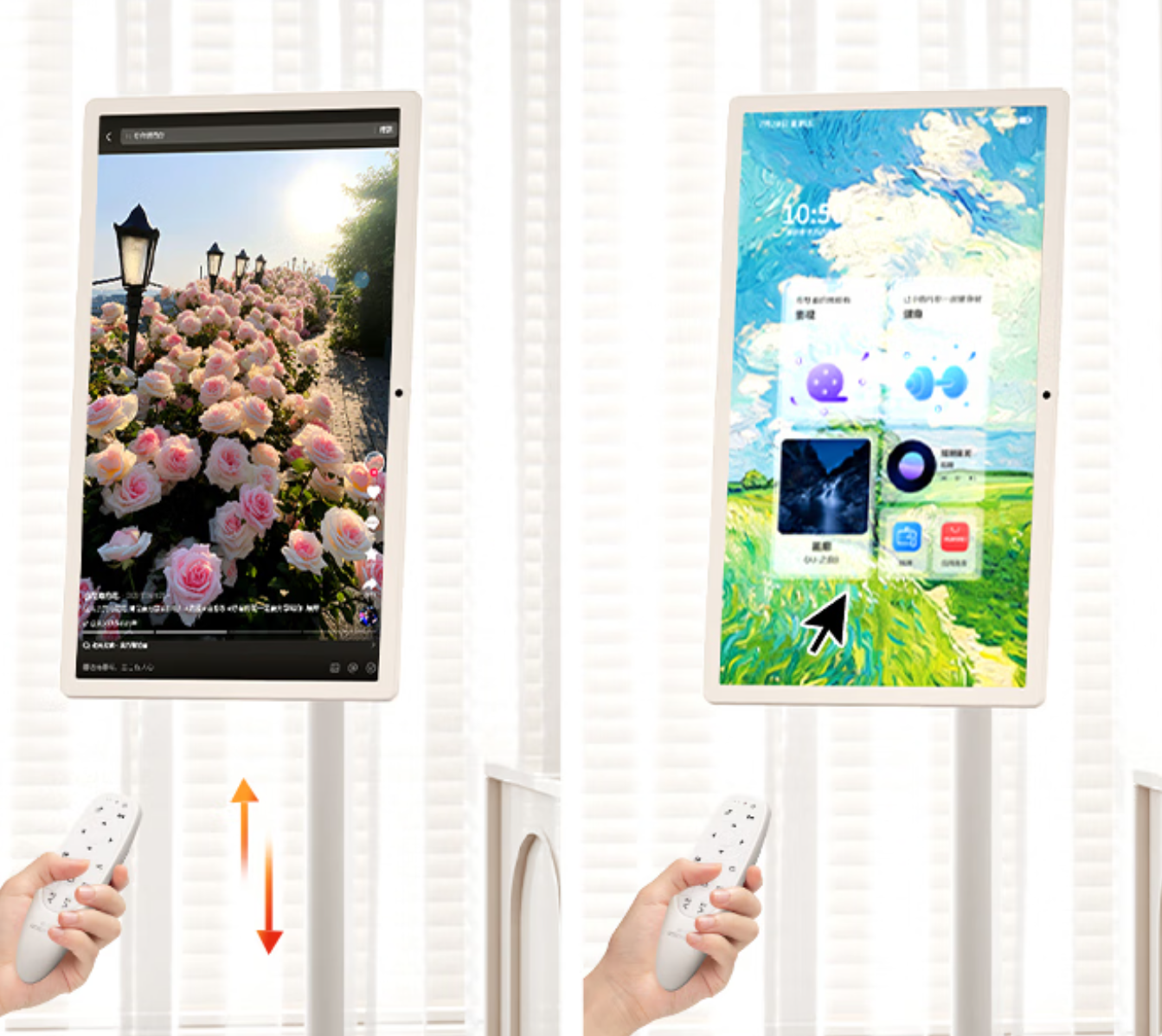In today’s fast-paced, globally connected world, seamless communication and dynamic collaboration are no longer optional—they’re essential. Mobile smart screens, combining cutting-edge AI, ultra-high-definition visuals, and IoT-enabled interactivity, are redefining how teams collaborate, businesses innovate, and industries operate. From boardrooms to classrooms, these versatile devices are unlocking new levels of efficiency and engagement.
1. Breaking Down Barriers in Modern Workflows
Traditional tools often struggle to keep up with the demands of hybrid work environments and global teams. Mobile smart screens address these challenges head-on:
Hybrid Work Inefficiencies: Disconnected remote teams face delays in decision-making and fragmented communication.
Static Presentations: Conventional displays limit interactivity, hindering creative brainstorming or client engagement.
Security Vulnerabilities: Sensitive data shared across borders requires robust protection against breaches.
2. How Mobile Smart Screens Drive Innovation
2.1 Smarter Collaboration Across Distances
AI-Powered Meeting Assistants: Automatically transcribe discussions, translate 50+ languages in real time, and generate actionable summaries.
Cross-Platform Integration: Sync with Microsoft Teams, Google Workspace, or Slack to centralize documents, calendars, and analytics.
2.2 Immersive Visual Experiences
4K/8K Resolution with AR/VR Overlays: Showcase 3D prototypes, annotate live data streams, or simulate virtual environments for training.
Multi-Touch and Gesture Control: Enable up to 10 users to interact simultaneously—editing designs, voting on ideas, or navigating dashboards.
2.3 Enterprise-Grade Security
Zero-Trust Architecture: Encrypt data end-to-end, authenticate users via biometrics, and segment network access dynamically.
Compliance Made Simple: Preconfigured settings for GDPR, CCPA, and industry-specific regulations reduce legal risks.
3. Real-World Applications Across Industries
3.1 Education: Interactive Learning Redefined
Case Study: A U.S. university deployed mobile smart screens in hybrid classrooms, boosting student participation by 40% through live quizzes and AR-powered anatomy lessons.
3.2 Retail: Revolutionizing Customer Experiences
Innovation: Luxury stores use smart screens as virtual fitting rooms, where AI suggests outfits based on customer preferences and past purchases, increasing upsell rates by 25%.
3.3 Manufacturing: Streamlining Operations
Scenario: Engineers troubleshoot equipment issues remotely using AR annotations over live video feeds, slashing downtime by 30%.
4. Core Technologies Powering Smart Screens
Adaptive AI Chips: Optimize real-time processing for tasks like gesture recognition and data visualization.
Modular Hardware Design: Swap components (cameras, mics, sensors) to customize for specific use cases without replacing the entire unit.
Edge-to-Cloud Syncing: Process latency-sensitive tasks locally while securely backing up data to centralized clouds.
5. Future Trends: Where Mobile Smart Screens Are Headed
Sustainability by Design: Solar-powered models and recyclable materials align with corporate ESG goals.
Metaverse Integration: Merge with VR headsets to create hybrid workspaces where physical and digital teams coexist.
Predictive AI: Proactively suggest agenda items, resource allocations, or workflow adjustments based on user behavior.
Conclusion: Empowering a Connected Future
Mobile smart screens are more than just displays—they’re catalysts for innovation in an increasingly digital world. By bridging gaps between people, data, and ideas, they empower organizations to work smarter, faster, and more securely.
Post time: 2025-04-07





































































































